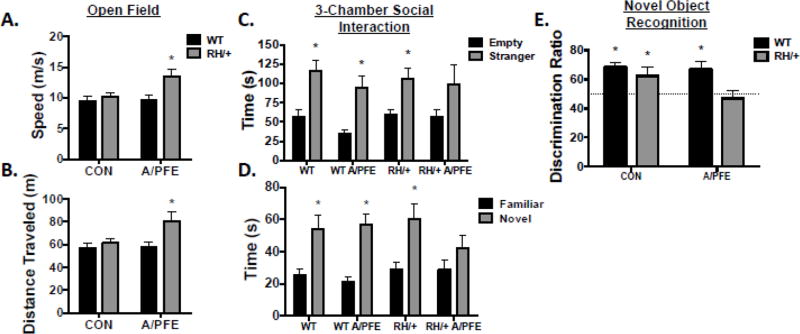Figure 5. A/PFE paradigm results in behavioral alterations in adult RH/+ mice.
(A-B) Open Field test: (A) RH/+ mice exposed to the A/PFE move at faster speeds and (B) travel greater distances in an open field compared to WT mice subjected to the A/PFE and control WT and RH/+ mice. (C-D) 3-Chamber Social Interaction test: (C) A/PFE RH/+ mice spent more time with the stranger mouse when compared to the empty container, but the difference was not statistically significant. (D) A/PFE RH/+ mice spent comparable amounts of time with the familiar and novel mouse. (E) Object Recognition Test: RH/+ mice subjected to the A/PFE did not show a preference for the novel object, resulting in a discrimination index of 47 ± 5.4%. * p < 0.05. Data are shown as mean ± standard error of the mean (SEM).

